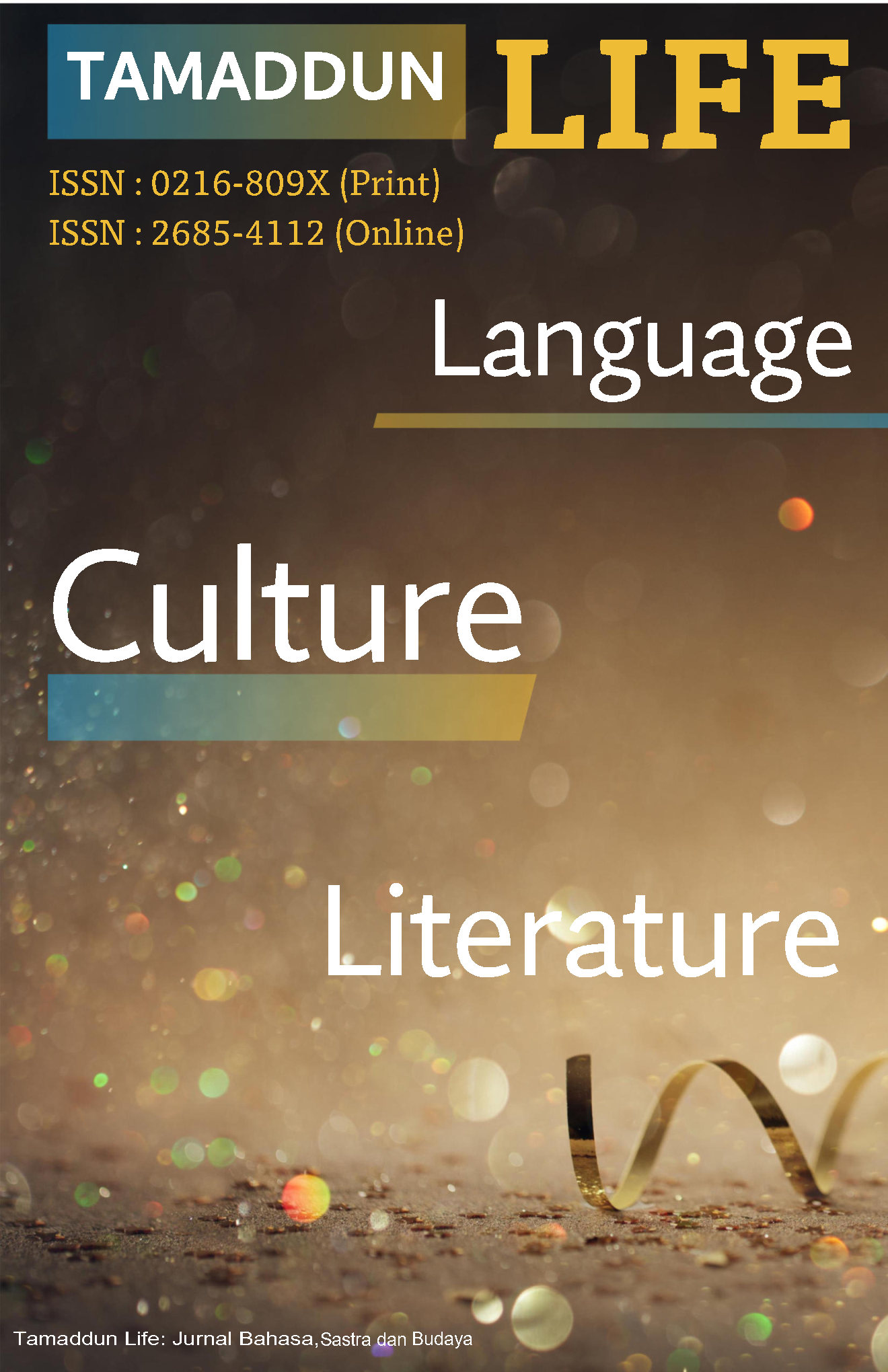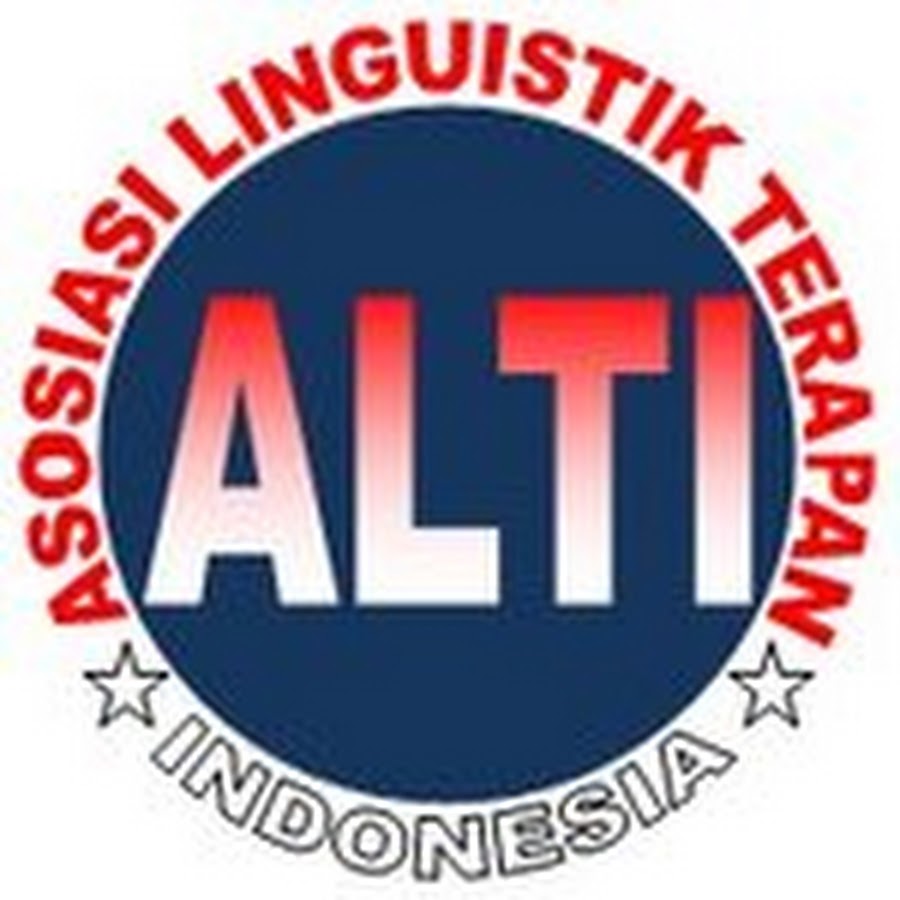Language in Clickbait Strategies: A Structural Analysis of Political News Headlines on IDN Times During the Regional Election Week
DOI:
https://doi.org/10.33096/tamaddun.v24i1.860Kata Kunci:
Analysis of Clickbait Use, News Headlines, Rhetorical Features, IDN TimesAbstrak
The rapid growth of technology has changed information media, making internet news easily accessible and extensively consumed. To attract readers, numerous online news platforms adopt clickbait methods, typically designing headlines designed to generate curiosity or emotional responses. This study explores the language tactics utilised in clickbait headlines published by IDN Times during the 2024 Indonesian Regional Elections (Pilkada) week. Using a qualitative descriptive technique and content analysis, the study analyzes 25 headlines picked by purposive sampling. Zhang’s rhetorical framework, which categorizes rhetorical elements into Hyperbole, Insinuation, Puzzle, and Visual Rhetoric, serves as the basis for the analysis. The statistics suggest that Insinuation is the most often utilised rhetorical component (12 occasions), followed by Hyperbole and Puzzle (10 instances each), and Visual Rhetoric (9 instances). These rhetorical methods effectively engage readers and shape their perspectives, particularly in the setting of political news. While clickbait boosts reader engagement, it also raises questions about media credibility and ethical journalism practices, especially when headlines overstate or mislead. This study contributes to the understanding of how language promotes public interaction with online news and underscores the need of media literacy in interpreting digital information. Future study could expand the scope to include larger datasets, numerous news platforms, or longitudinal analysis to explore the shifting dynamics of clickbait in digital media.
Referensi
Abdussamad, H. Z. (2021). Metode Penelitian Kualitatif (1st ed.). Syakir Media Press.
Aiesyah Ahmad Azam, A., Fatin Farissha Hasbullah, N., Madina Abdul Sookor Wardina Mohamad Hanafi, N., Sufiean Hassan, M., Afzaliza Nazira Ibrahim Universiti Teknologi MARA Cawangan Melaka, N., Gajah, A., Madina Abdul Sookor, N., & Mohamad Hanafi, W. (2024). A Review of the Effects of Clickbait on Online Platforms among Society. 7.
BPS-STATISTICS INDONESIA. (2024). Telecommunication Statistics in Indonesia 2023 (Vol. 12).
Bronakowski, M., Al-khassaweneh, M., & Al Bataineh, A. (2023). Automatic Detection of Clickbait Headlines Using Semantic Analysis and Machine Learning Techniques. Applied Sciences (Switzerland), 13(4). https://doi.org/10.3390/app13042456
Carpio, D. J., Besa, J. M., Consejo, R., Sesbreno, K. J., & Bonganciso, R. (2024). Rhetorical Features of National Newspaper Headlines. Journal of English as A Foreign Language Teaching and Research, 4(1), 48–54. https://doi.org/10.31098/jefltr.v4i1.1837
Castells, M. (2015). Networks of Outrage and Hope (2nd ed.). Polity Press.
Chakraborty Abhijnan, Paranjape, B., Kakarla, S., & Ganguly, N. (2016). Stop Clickbait: Detecting and Preventing Clickbaits in Online News Media.
Domínguez-Armas, Á., & Soria-Ruiz, A. (2021). Provocative insinuations. Daimon, 84, 63–80. https://doi.org/10.6018/DAIMON.481891
Farnsworth, S. (2023). Praise for News Quality in the Digital Age.
Hadiyat, Y. D. (2019). Clickbait on Indonesia Online Media. Journal Pekommas, 4(1), 1. https://doi.org/10.30818/jpkm.2019.2040101
Jung, A. K., Stieglitz, S., Kissmer, T., Mirbabaie, M., & Kroll, T. (2022). Click me. . .! The influence of clickbait on user engagement in social media and the role of digital nudging. PLoS ONE, 17(6 June), 1–22. https://doi.org/10.1371/journal.pone.0266743
Rahman, A., & Al Mamun, A. (2024). The Rise of Clickbait Headlines: A Study on Media Platforms from Bangladesh. Athens Journal of Mass Media and Communications, 10(2), 109–130. https://doi.org/10.30958/ajmmc.10-2-3
Seminar, O. N., Linguistics, E., & July, L. (2020). ELLit : 2nd Online National Seminar on English Linguistics and Literature July, 16 2020. ELLit : 2nd Online National Seminar on English Linguistics and Literature, 130–134.
Vanessa, V., & Ibrahim, A. L. (2023). Clickbait as a Potential Threat in the Development of Cybercrime in Indonesia. Jurnal Usm Law Review, 7(1), 1. https://doi.org/10.26623/julr.v7i1.8024
Kaur, S., Kumar, P., & Kumaraguru, P. (2020). Detecting clickbaits using two-phase hybrid CNN-LSTM biterm model. Expert Systems with Applications, 151. https://doi.org/10.1016/j.eswa.2020.113350
Kaushal, V., & Vemuri, K. (2021). Clickbait—Trust and Credibility of Digital News. IEEE Transactions on Technology and Society, 2(3), 146–154. https://doi.org/10.1109/tts.2021.3073464
Krippendorff, K. (2018). Content Analysis An Introduction to Its Methodology (4th ed.). SAGE Publications, Inc.
Merriam-Webster Dictionary. (2024). Clickbait. In Merriam-Webster.com dictionary. Retrieved January 4, 2025. https://www.merriam-webster.com/dictionary/clickbait
Mulya, R., Sumarsih, S., & Dirgeyasa, W. (2024). Rhetoric as Media’s Persuasive Strategy Toward Readers in the Headline on Market Issues. Language Circle: Journal of Language and Literature, 18(2). http://journal.unnes.ac.id/nju/index.php/lc
Putri, M., & Eriend, D. (2024). Analisis Penggunaan Clickbait pada Judul Berita Media Online Tribun Padang. JKOMDIS : Jurnal Ilmu Komunikasi Dan Media Sosial, 4(1), 275–282. https://doi.org/10.47233/jkomdis.v4i1.1604
Riggs, A. (2020). Stylistic Deceptions in Online News.
Scott, K. (2021). You won’t believe what’s in this paper! Clickbait, relevance and the curiosity gap. Journal of Pragmatics, 175, 53–66. https://doi.org/10.1016/j.pragma.2020.12.023
Setiawan, A. (2022, February 9). Menjaga Pers sebagai Pilar Keempat Demokrasi. https://mediaindonesia.com/opini/470183/menjaga-pers-sebagai-pilar-keempat-demokrasi
Sylvawan, A. P. (2020). NILAI-NILAI PENDIDIKAN DALAM NOVEL SANG PEMIMPI KARYA ANDREA HIRATA [Universitas Jambi]. https://repository.unja.ac.id/id/eprint/15572
Vanessa, V., & Ibrahim, A. L. (2023). Clickbait as a Potential Threat in the Development of Cybercrime in Indonesia. Jurnal Usm Law Review, 7(1), 1. https://doi.org/10.26623/julr.v7i1.8024
Zhang, W., Du, W., Bian, Y., Peng, C. H., & Jiang, Q. (2020). Seeing is not always believing: an exploratory study of clickbait in WeChat. Internet Research, 30(3), 1043–1058. https://doi.org/10.1108/INTR-09-2019-0373
Unduhan
Diterbitkan
Terbitan
Bagian
Lisensi
Hak Cipta (c) 2025 Karisma Erikson Tarigan, Wiranda Syahputra Tafonao

Artikel ini berlisensi Creative Commons Attribution 4.0 International License.
Authors who publish with Tamaddun journal agree to the following terms:
1. Authors retain the copyright and grant Tamaddun the right of first publication. The work will be licensed under a Creative Commons Attribution License (CC BY 4.0), which permits others to share the work with proper acknowledgment of the authorship and initial publication in this journal.
2. Authors may enter into additional non-exclusive agreements for the distribution of the published version of their work (e.g., posting it to an institutional repository or including it in a book), provided that the initial publication in this journal is acknowledged.
3. Authors are encouraged to post their work online (e.g., in institutional repositories or on their personal websites) before and during the submission process. This can lead to productive exchanges and increase the visibility and citation of the published work.






